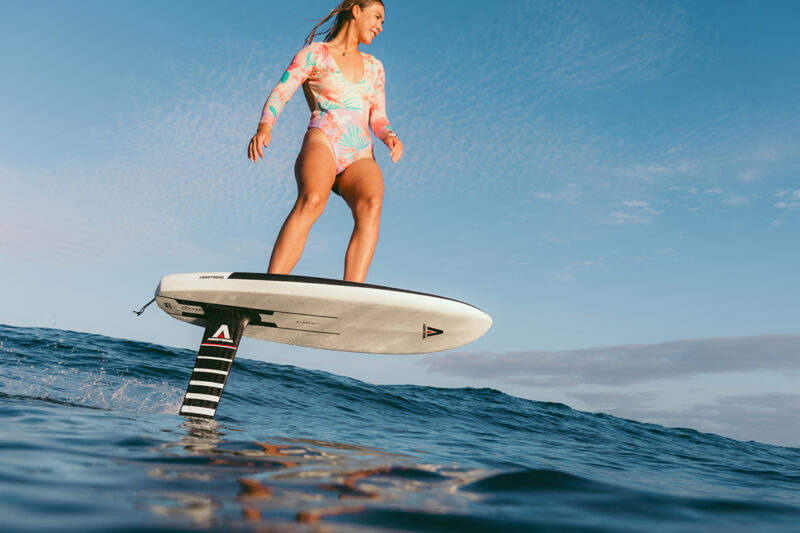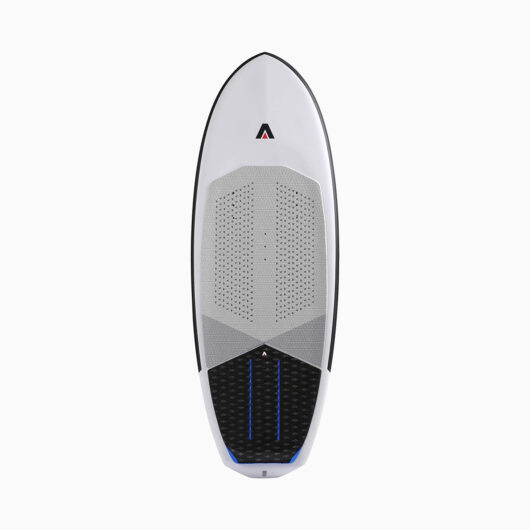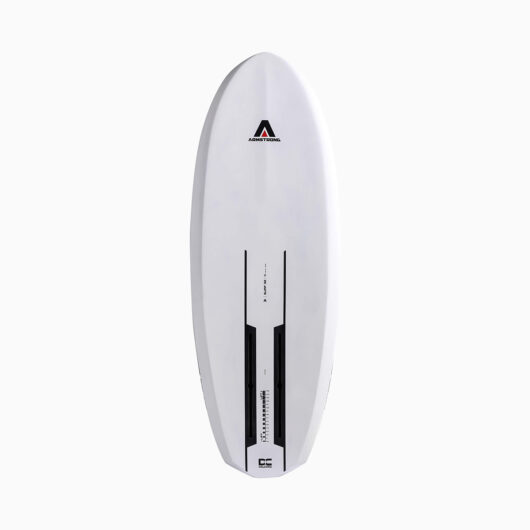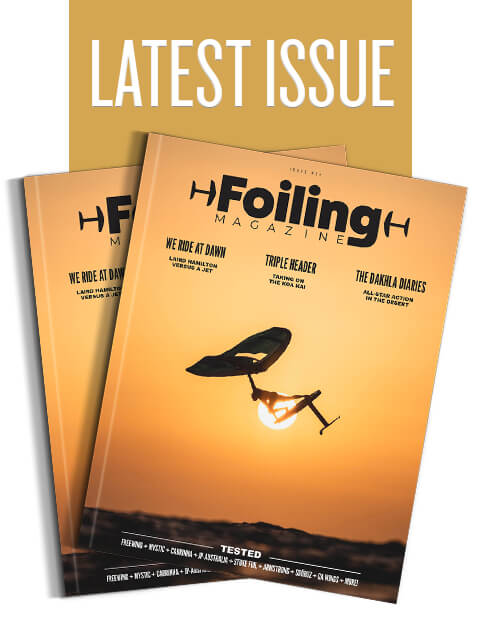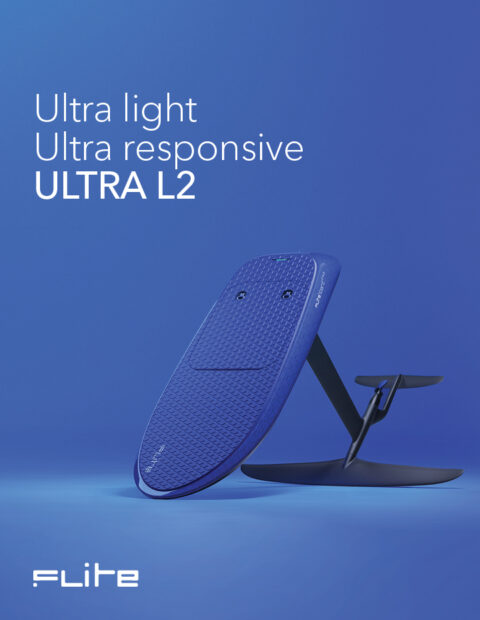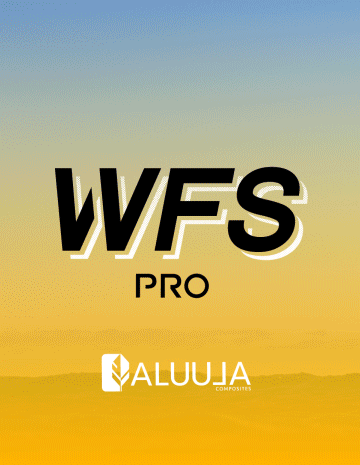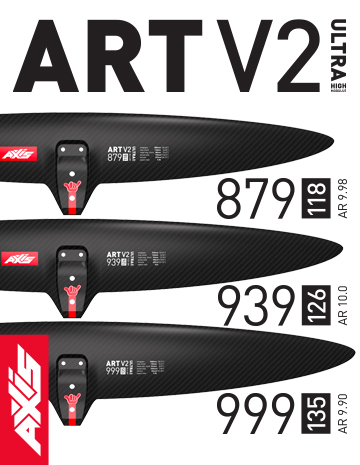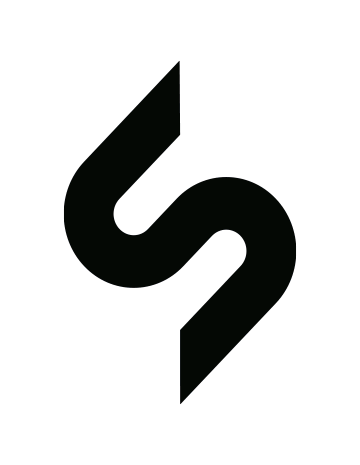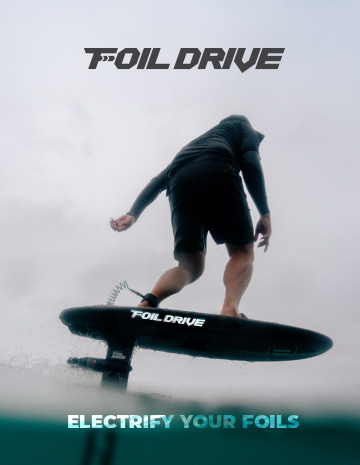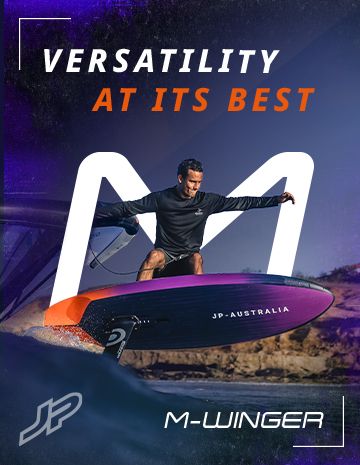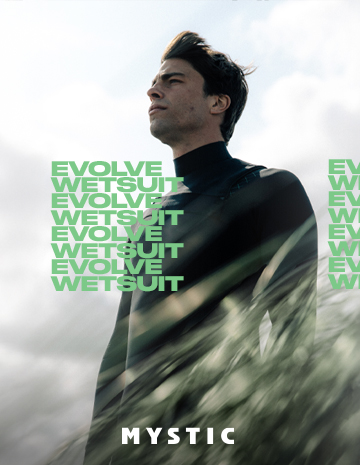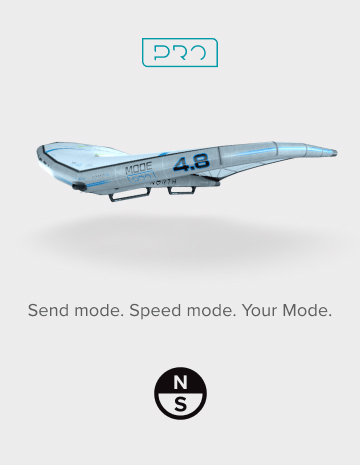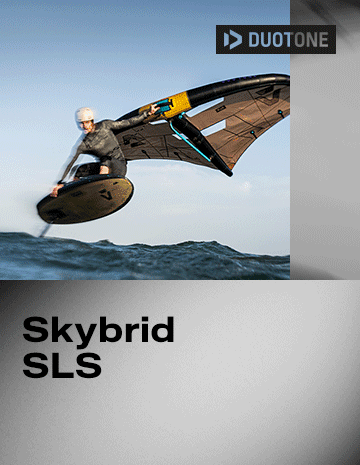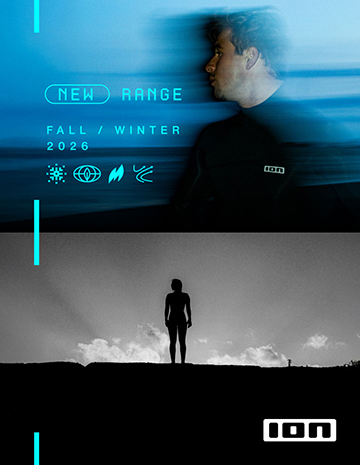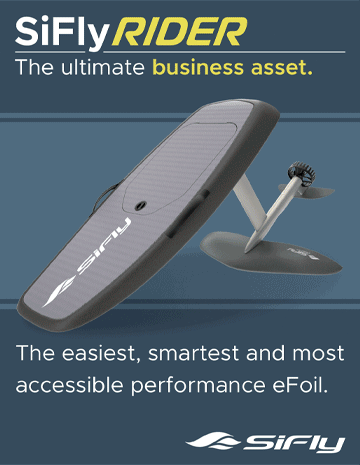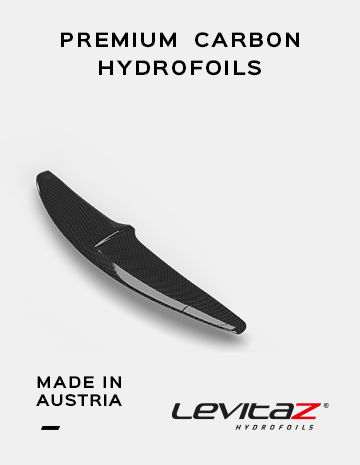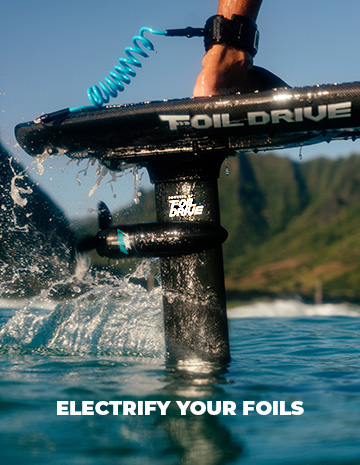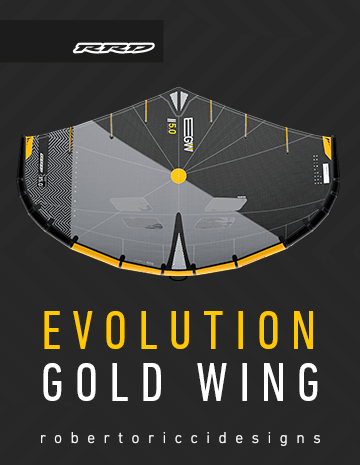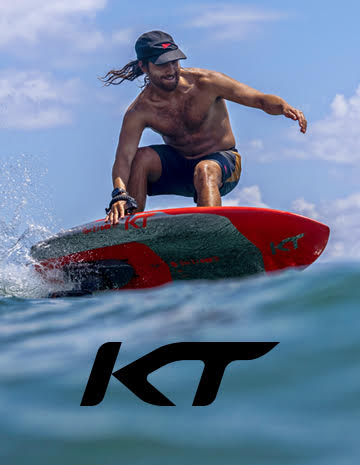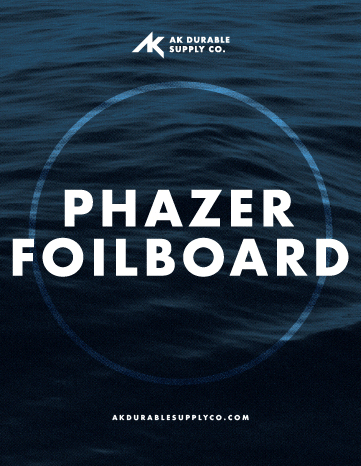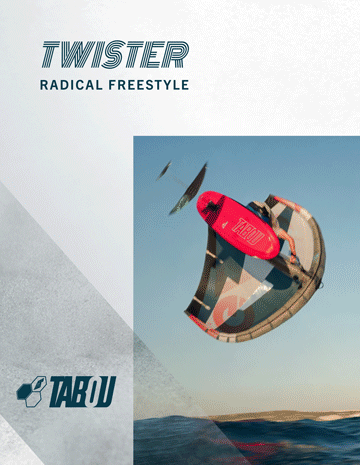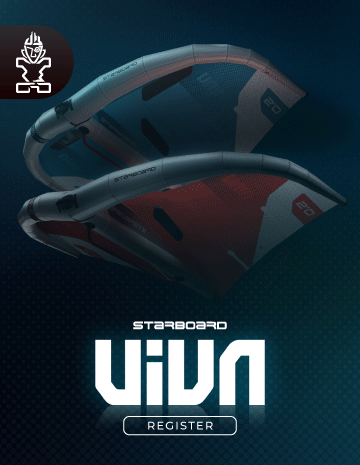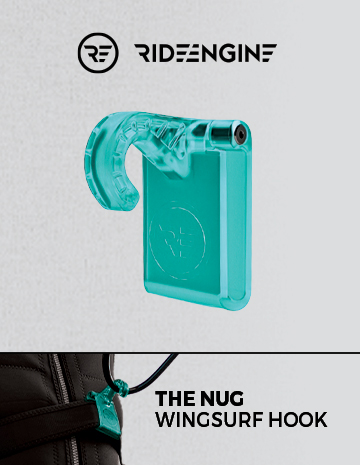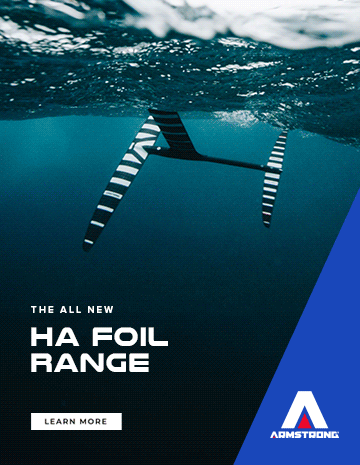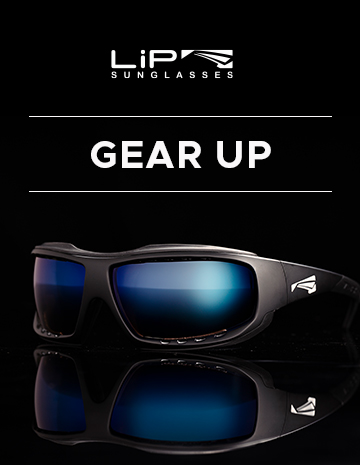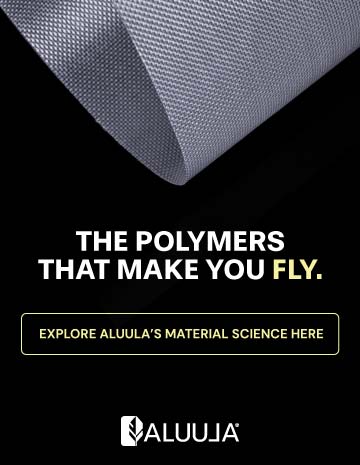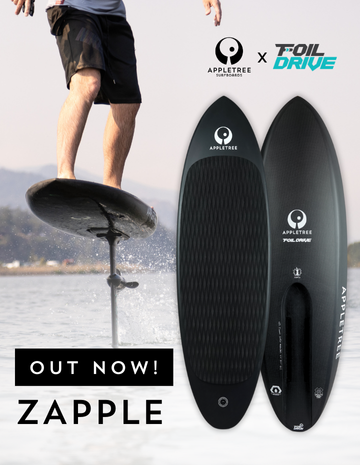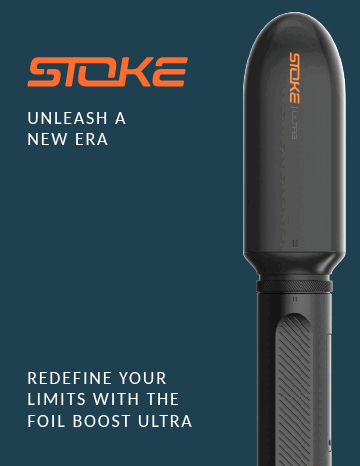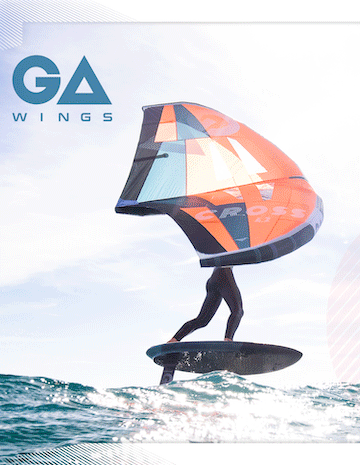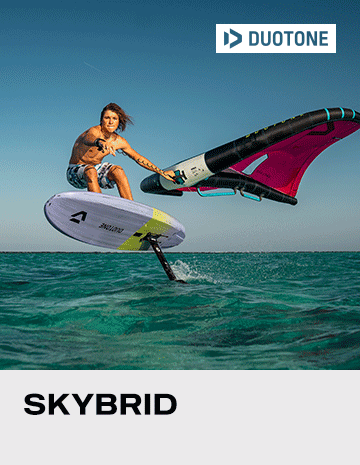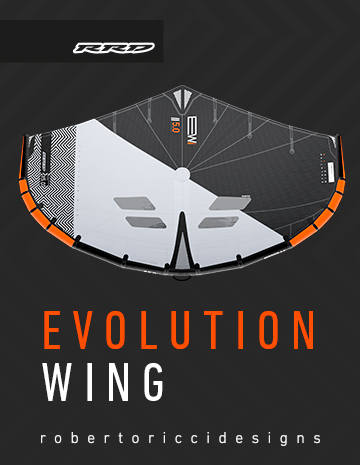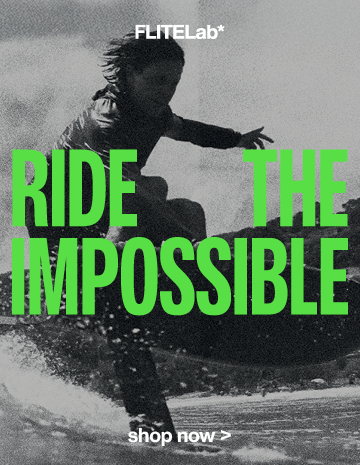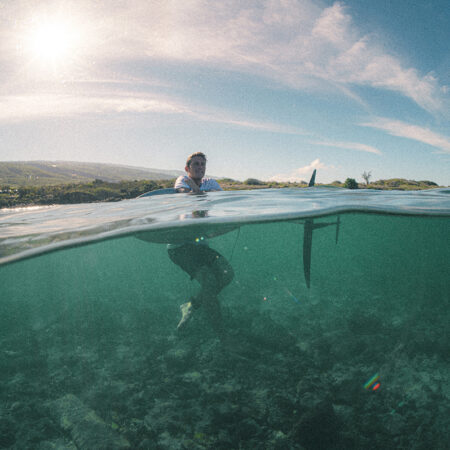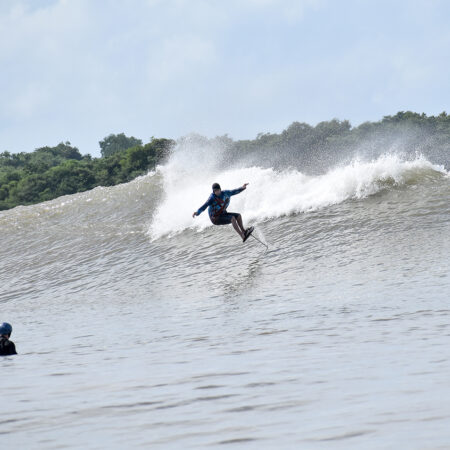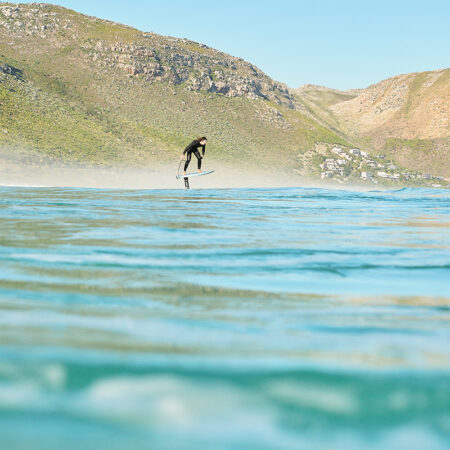Inbound: Armstrong Surf Board
Armstrong’s new surf-dedicated board is built tough and focuses on carving waves, but enjoys a good level of crossover potential too. It got a solid tick from our test team too. To find out more, we had a chat with Armstrong’s Marketing Manager, Kjell van Sice.
No messing with this one. Surf is as Surf does, right?
Certainly. Ripping turns, smashing the foam ball, pumping back out for your Nth wave; everything in this new board design is dedicated to the pursuit of next level foil surfing both prone and tow. Now, we never said you couldn’t take it behind a boat or under a wing…
Liking the sound of it! So what features make this board particularly surf-focused?
Starting with the big picture, this shape balances user friendliness with high performance in ways that matter in the surf. It’s an aggregation of subtle choices that add up to make a big impact on the water.
The nose is something of a hybrid between a traditional shortboard and a fish; full enough to hold volume and provide stability yet pulled in enough to stay out of its own way and be a zippy paddler. The tail is fairly squared off to keep things compact and provide foot placement options at the rear of the deck. Bottom contours are a subtle double concave at the front, with fairly conservative chines and squared off rails all the way through to hold volume and help you get through turns when you hit the surface. The rocker is relatively flat for good paddling.
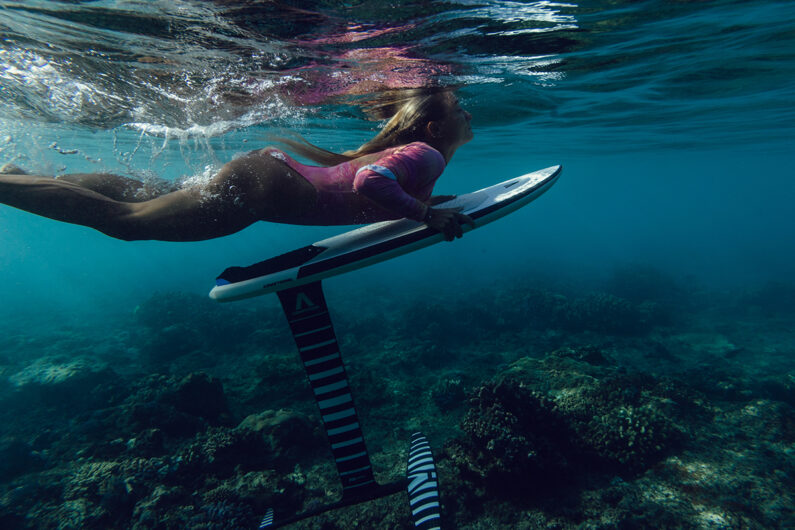
A big thing with the Surf is that it achieves really minimal thickness for the volume it holds. A thinner board is more responsive and just plain feels better underfoot when pumping and carving in surf. I encourage you to have a look at the spec sheet online, but for reference the 28L (4’3) that you’ll find in this issue’s Tested piece is just 2 3/8” (6cm) thick, and the top of the range 48L (4’11) is 3 1/8” (7.9cm) thick. The thickness – er, thin-ness – is achieved by holding in quite a bit of volume via the subtle chines, full rails, flatter deck, and overall outline.
Armie and the team got pretty granular when engineering the Surf’s deck geometry, and for good reason. Going beyond deck scoop, the front and back of the deck on this board are set at specific angles to set up your stance relative to the angle of the foil underneath. It’s all quite subtle, but the point is to put your mass in the best spot and set up your feet just right to make pumping and carving more energy efficient and powerful. Combined with a new deck grip design, the mega wedge kickpad, and footstrap inserts, the whole package comes together beautifully.
Lastly, the foil tracks are located further back toward the tail than some of our other boards sporting the Forward Geometry track placement. This helps maintain the ideal foil placement and balance specifically for surf foiling.
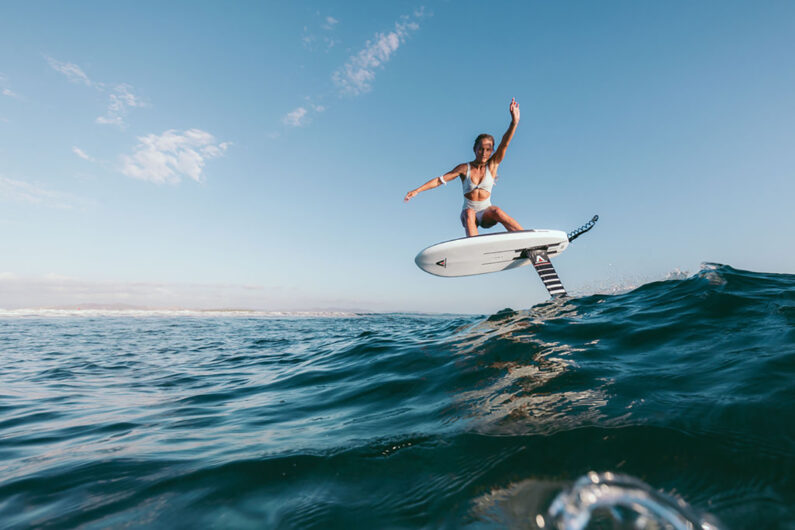
We can’t help but feel that this was a board that Armie was particularly excited about…
Can’t say there’s a board in the lineup that Armie and the rest of the team isn’t really excited about! That said, surf foiling is an amazing discipline, and we’re lucky to conduct our product development with great talent in the water. As with any product, development is a great learning experience, and the whole team at Armstrong love learning new things and building on what we do every day.
Talk to us about the tail shape, such a critical factor for white water take offs vs getting in early.
The tail is definitely a big part of the story with any board. Taking it to extremes in our lineup for context, the Wing FG board – our dedicated wingfoiling board – has a very square tail to hold volume and help with achieving the shortest length per volume. On the other end, the Downwind Performance board has a pencil-like pointy tail that runs way out past the foil tracks for the greatest planing efficiency through the water. Different shapes for different needs. For the Surf board, a primary design goal was to create a wider rear deck for easy foot placement on those last-minute prone surf takeoffs. So the tail shape accommodates that while accounting for overall board length and volume distribution goals. If you wanted to get into the wave really early, that’s where the Midlength comes into the picture with its longer overall length, skinny hips, and more drawn-out tail – that’s a very fast paddling prone surf board. If you’re looking to absolutely shred, bash whitewater, do airs, or just get to grips with prone or tow foil surfing, the Surf board really shines.
Which construction technologies carry over from the rest of your board range?
Construction of the Surf board is the standard build found in most of our other boards. It’s an ultra-stiff double skin carbon PVC sandwich with i-beam deck to bottom dual carbon stringers. The foil tracks key directly into the stringer fibers for a super strong and stiff build that’s quite durable. Surf-dedicated gear seems to get especially bashed around, so all the better that this board’s tough as nails.
Coming back to that cross discipline potential, would the smaller sizes work well for kite foiling and the larger for winging?
There’s always crossover potential! The Surf can definitely be kited or winged. While there are better boards for each of those disciplines (WKT for kiting, Wing FG or Midlength for winging), the beauty with foilboards is that it’s all generally pretty cross-functional if you want it to be. Just a question of what sort of quiver you’re building.
Any particular team members extra stoked on this board and its potential?
I think everyone is stoked, but hardcore surf foilers like Naumi, Oskar, Jeremy and others are definitely putting this board into the daily rotation. Part of what excites me personally is that the comprehensive suite of seven sizes from 48L (4’11) down to 20L (3’11) allows riders of any skill level to get on this board and eventually drop down in size while retaining the same feel and characteristics as their previous board – that makes for a great progression curve where you’re seeing more success in every session.
And finally, we know you’ve always got something else cooking. Go on, tell us…
The iron’s always hot, and this year will reveal some very exciting new things on all fronts!


